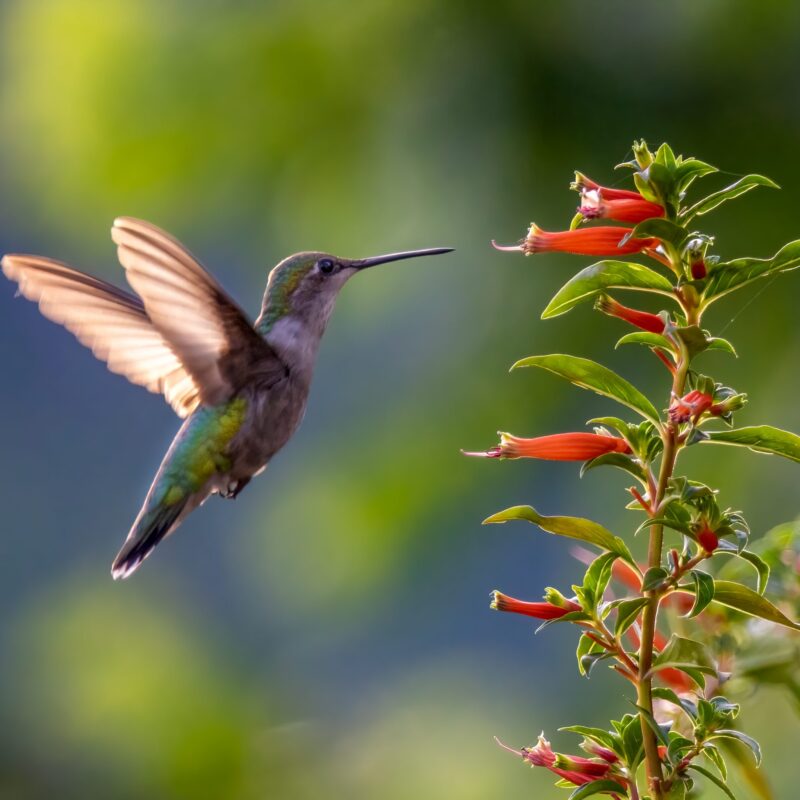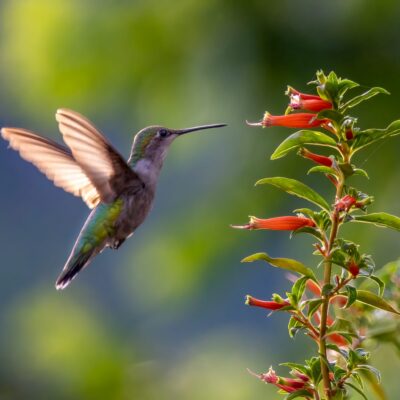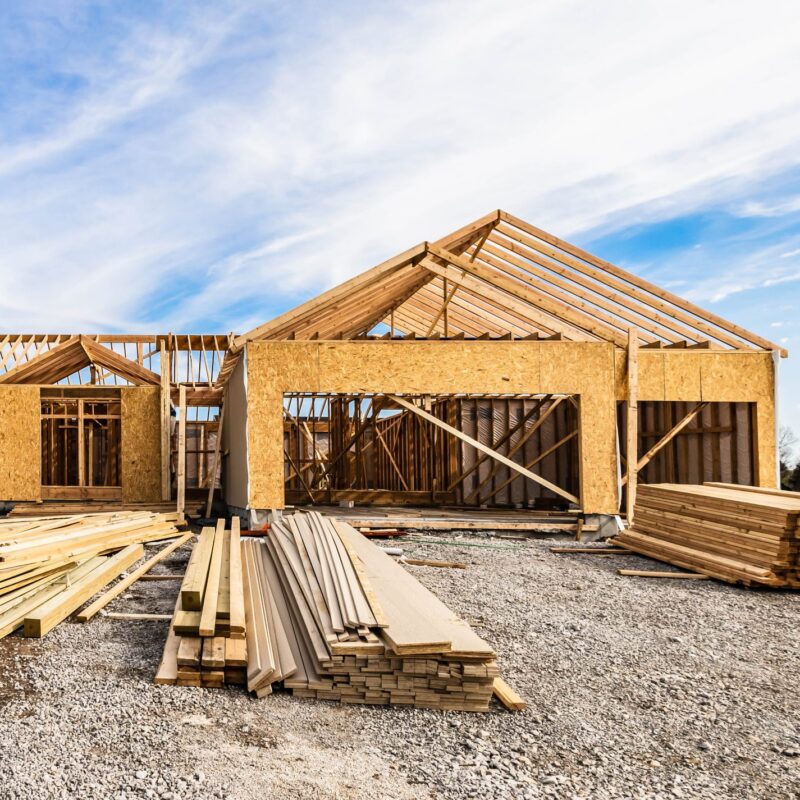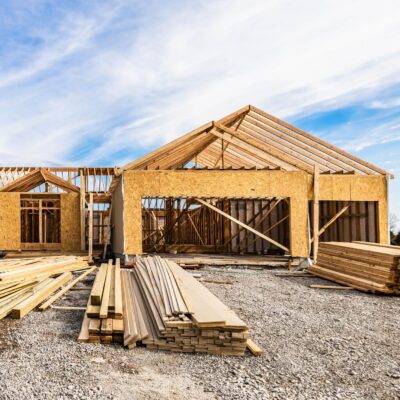Unlike the devil, it’s impossible to mistake a hell strip for anything else. Sterile concrete medians, inhospitable sidewalk patches and blazing afternoon decks do not appear in disguise. They differ from ordinary sunny garden sites in their sometimes polluted but always harsh exposure to reflective heat from asphalt and walls bereft of the buffering effects of surrounding plants.
Yet there is a possibility of redemption in introducing a bit of greenery, and, though challenging, hell strips offer surprising opportunities. Native plant enthusiasts see a place to nourish butterflies and other pollinators; permaculturists seize a chance to manage storm water and heal toxic sites; cooks and locavores can cultivate herbs and vegetables; and flower-lovers glory in jonquils, roses and petunias.
Many native plants and herbs prefer a hot, dry environment and prosper in lean soils and unadorned Virginia clay. Butterfly weed, goldenrod, switchgrass, lavender, thyme, sage and oregano can beautify bare hot spots with little amendment or extra care once you get them going. After removing existing scurf of neglected grass and weeds—use herbicide if you must, but it’s better just to scrape it off with a good sharp spade or solarize with plastic—turn the soil with a sturdy garden fork or light tilling, rake out stones and break up clods with a steel rake. (No one said this would be easy; it is hell, after all.)
Fill the space with quart-sized plants on 1′ centers. Mulch with pebbles or a scant inch of organic material like shredded hardwood or pine bark after an initial deep watering—muddy it in. Regular follow-up with water is essential for several weeks until plants begin pushing out new roots. Afterward, if you have chosen wisely, they should be content to bask.
A hybrid of hell strips includes bioretention filters, sometimes called rain gardens, that we see increasingly popping up along city streets and parking lots, designed to hold and filter overflow stormwater when they’re not baking in summer heat. Crozet has installed a number of these along Crozet Avenue in front of the new library, and Charlottesville’s Region Ten sports a fine planting at Preston Avenue and Eighth Street. Urban rain gardens demand a particular plant palette, able to endure not only periodic flooding and drought periods in between but also capable of withstanding and filtering toxins washing off surrounding pavement.
The effect of these poisons—oil and gas, excess lawn fertilizers, pesticides—on the Chesapeake Bay is the reason the city has begun taxing impermeable surfaces like asphalt and concrete and giving credit for mitigation. Engineered rain gardens have mixtures of sand and gravel beneath heavy mulch at their lowest points to hold and filter polluted stormwater, but in the home landscape, a simple buffer of appropriate plants along drives and walkways can slow stormwater without special filtration.
Another subset—a higher rung in hell, usually free of pollution—consists of containers and raised or enclosed beds that can be heavily amended and watered. Decks, patios and hot patches by the garage, where you can create a rich growing medium, are perfect for heavy summer feeders like tomatoes, peppers, basil, dahlias, lantana and geraniums. (However, if you’re growing herbs keep their soil mix lean and don’t fertilize.) Select large pots or boxes that hold ample soil and raise containers above decking with blocks of wood or clay “feet.” Long-lived perennials like peonies, roses and bearded iris can fill odd spots between a walk and building with minimal care once established in soil that has been well-prepared with compost and rotted manure.
Ponder the possibilities in the heat of the day beneath a broad-brimmed hat with an icy drink in hand. Though the road may seem steep and strewn with rubble, take heart. What seems at first sight like hell could turn out to be heaven-sent in the end.





